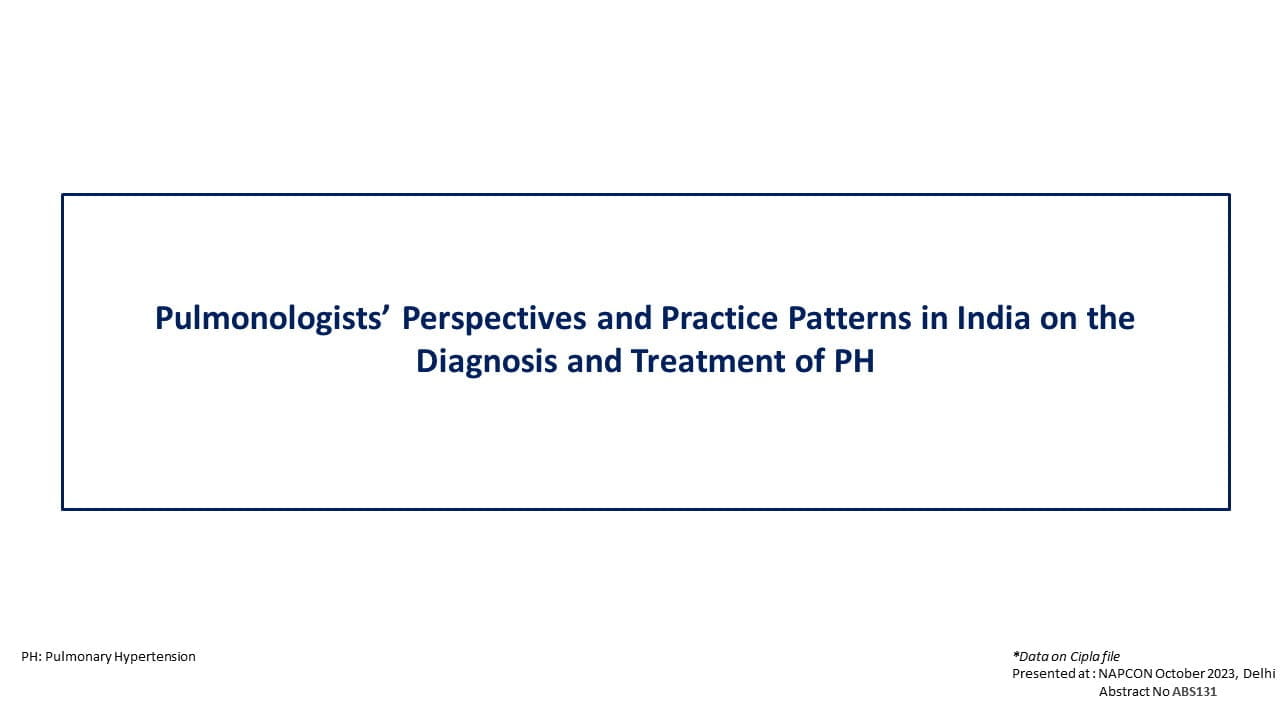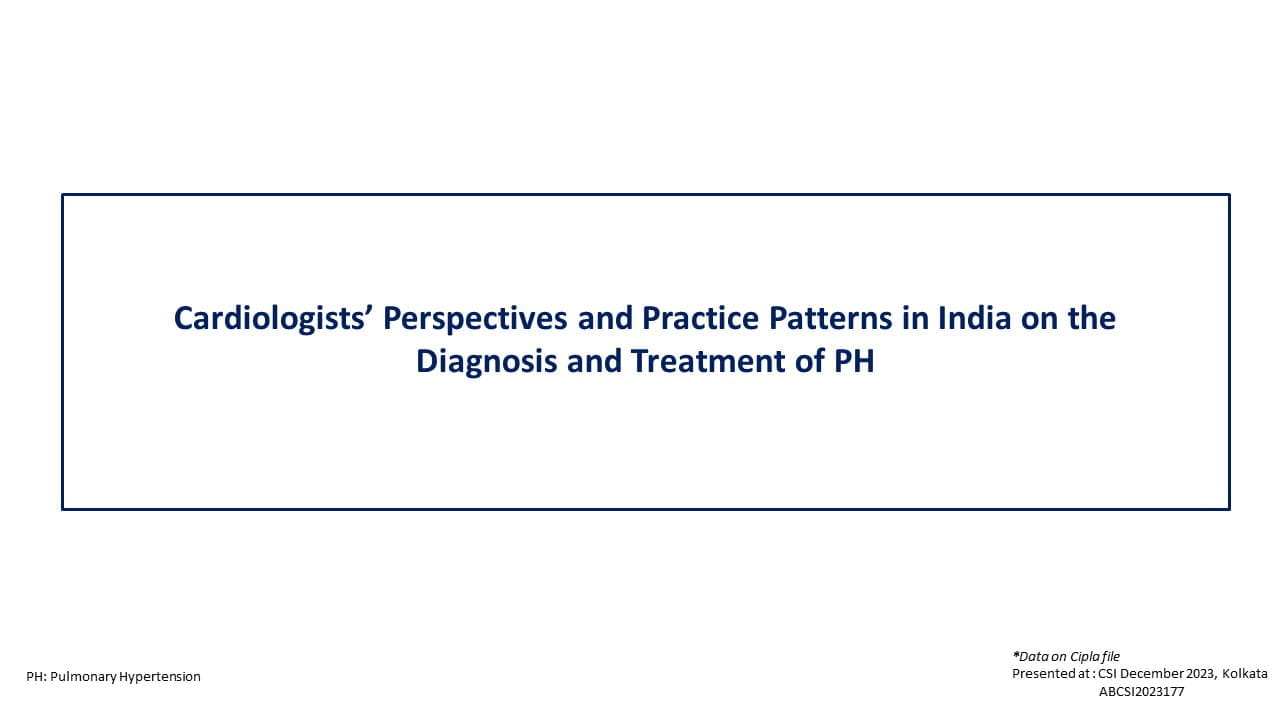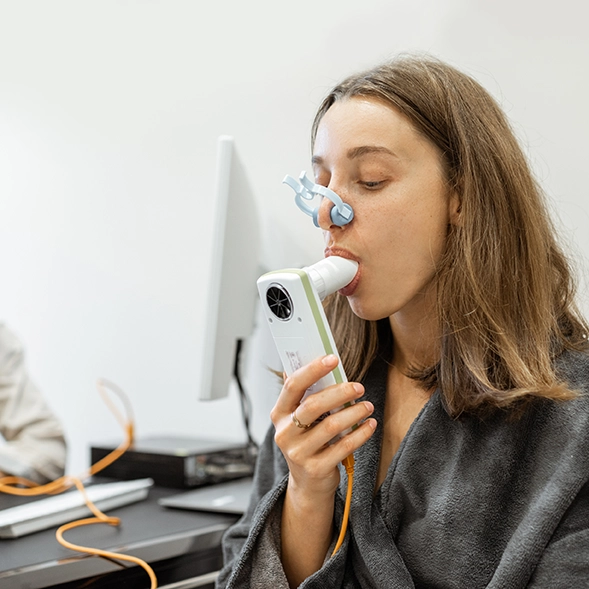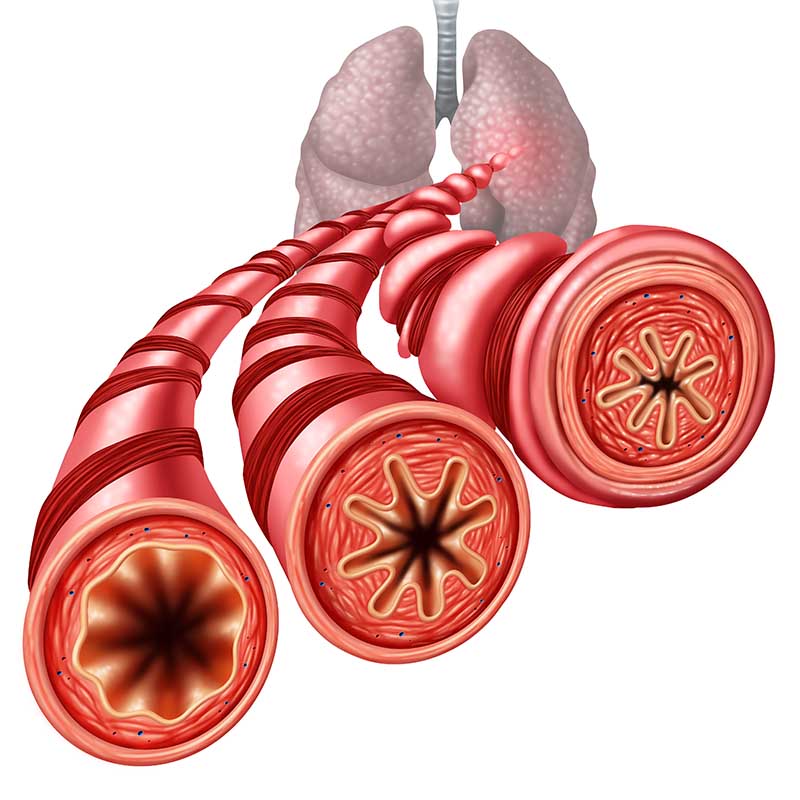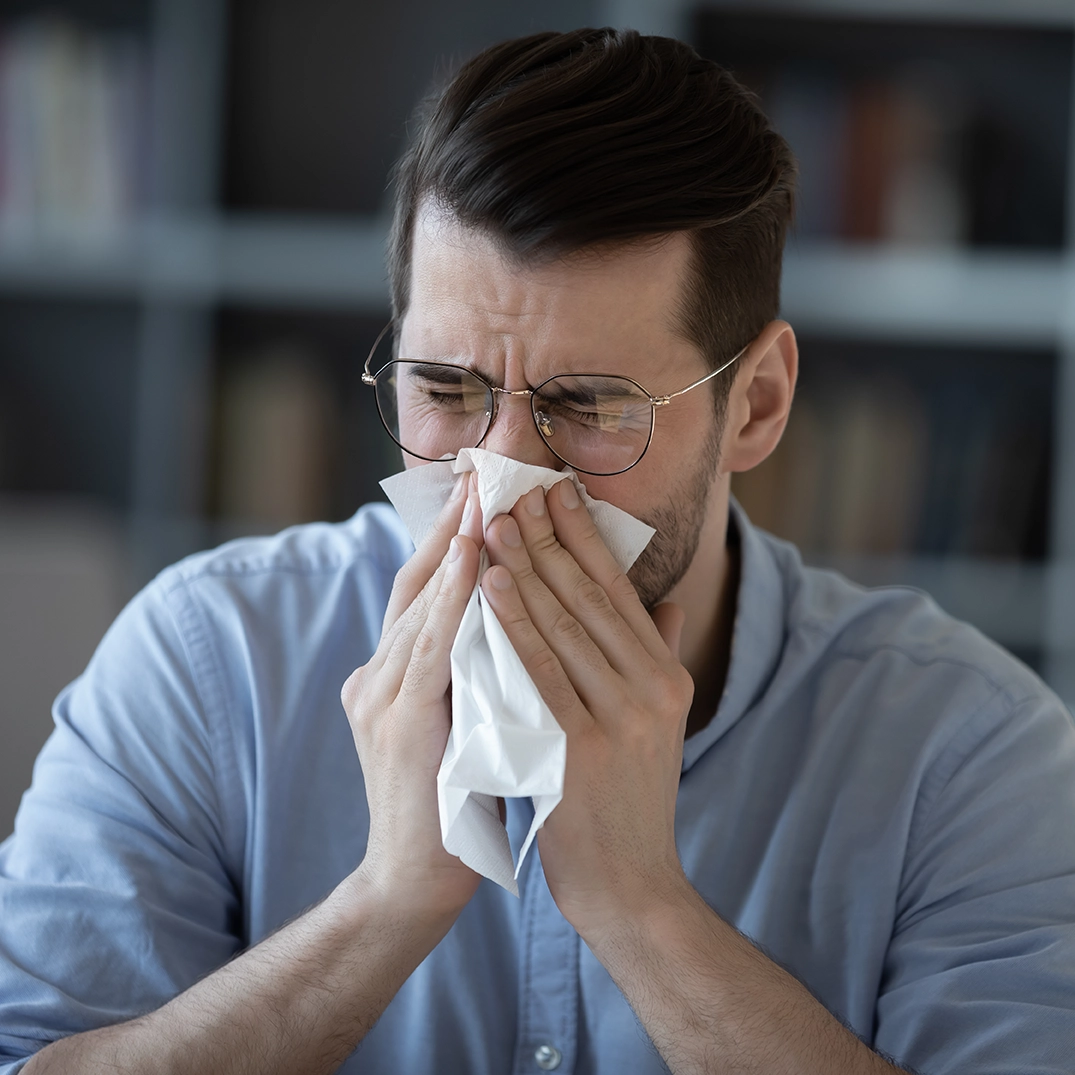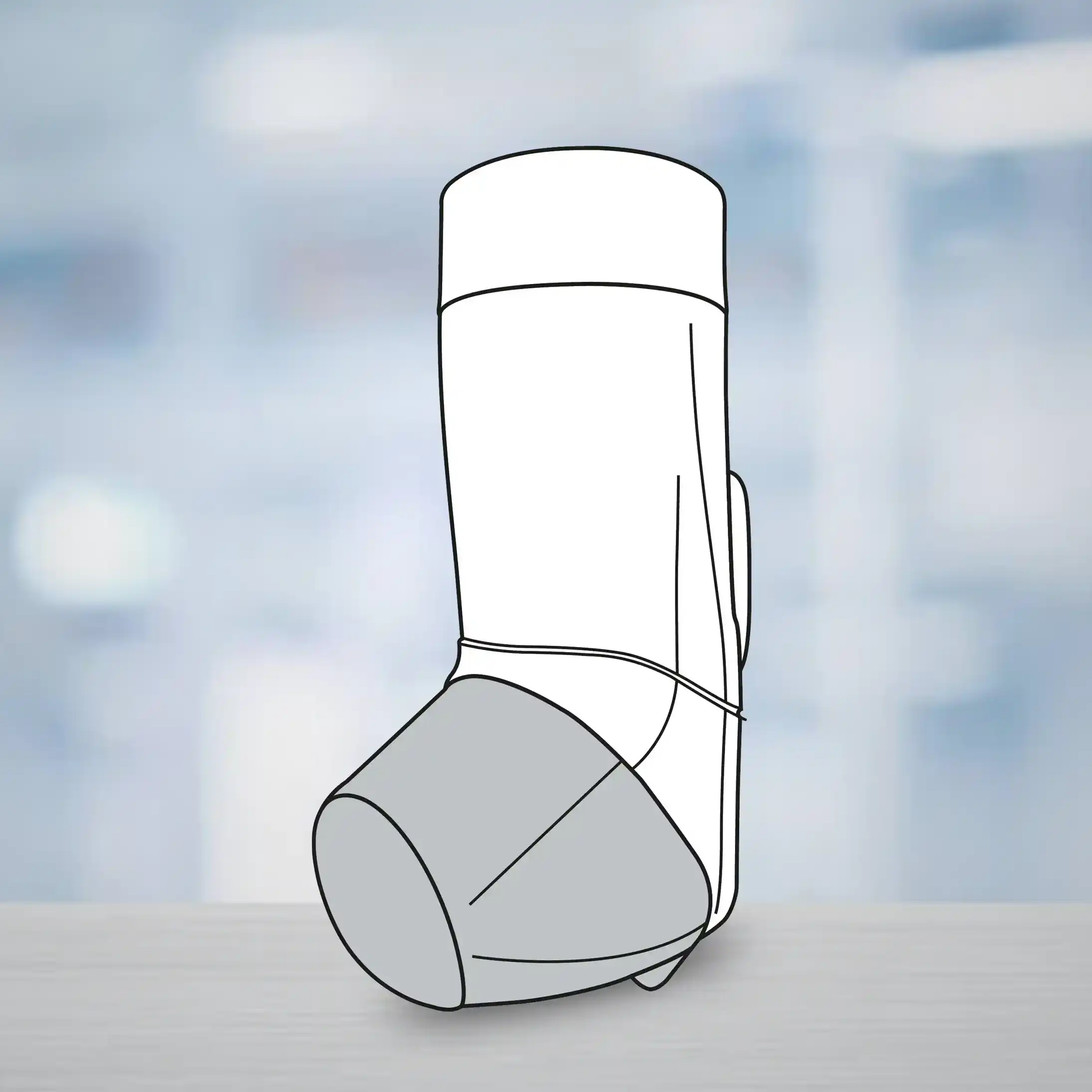Introduction
The prevalence of dry eye disease (DED) in India is between 18.4% to 54.3%, which is higher than the global prevalence of DED (5-50%). The management of DED primarily depends on the type and severity of the disease. Preclinical evidence on the use of hydroxypropyl guar-hyaluronic acid (HPG-HA) dual-polymer lubricating eye drops, along with dual demulcents (propylene glycol and polyethylene glycol 400), has demonstrated that HPG-HA provides lubrication and resistance from desiccation, decreases friction, and helps in corneal re-epithelialization. The combination was found to be safe and effective in alleviating the signs and symptoms of DED. Nevertheless, the current data on the safety and efficacy of HPG-HA in Indian patients is very limited.
Aim
To ascertain the safety and efficacy of HPG-HA dual-polymer lubricating drops in Indian patients with DED.
Patient Profile
- Adults (18–65 years) with an average total ocular surface staining (TOSS) score ≥ 4.
- The study participants had a best-corrected visual acuity (BCVA) of ≥ 20/40 in each eye, tear break-up time (TBUT) ≤ 10 s, and the dry eye questionnaire (DEQ-5) score ≥ 6 at the time of enrolment.
Methods
Study Design
- A post-marketing, prospective, open-label, single-arm, multicentre, phase IV study conducted across 5 sites in India.
Treatment Strategy
- The study participants received the first dose of HPG-HA eye drops on day 1. The drops were self-administered thereafter (1–2 drops four times daily) for 90 ± 5 days.
Outcomes
Primary Outcome
- Frequency and characteristics of treatment emergent adverse events (TEAEs) throughout the study.
- The TOSS (total ocular surface staining) score at day 90.
Secondary Outcomes
- Dry eye symptoms score [assessed using the dry eye questionnaire (DEQ-5)]
- Changes in TBUT, BCVA, and in undilated fundus assessment from day 1 to 90.
Results
- The study population comprised of 175 participants. Mean age of the study population was 37.90 years.
- There was a significant decrease in the TOSS score from day 1 to day 90 [right eye (OD): mean 6.20 to 2.40, diff -3.80; left eye (OS): 6.10 to 2.40, diff -3.7; both eyes, oculus uterque (OU): 6.12 to 2.40, diff − 3.74] (Fig. 1).
Fig 1: Change in TOSS score from day 1 to 90
- Of the entire study population, 36 (20.6%) experienced ≥ 1 TEAE, and 27 (15.4%) of this reported ≥ 1 mild drug-related TEAE. No serious AEs were reported during the study.
- There was a significant decrease in mean DEQ-5 score from day 1 to day 90 (11.50 to 5.50; mean change at day 90: -6.00).
- There was a significant increase in TBUT from day 1 to day 90 (right eye: 5.70 to 9.51; left eye: 5.70 to 9.63).
- The BCVA and undilated fundus examination (vitreous, optic nerve, and macula) scores were comparable for both eyes at baseline and day 90.
Conclusions
- The study demonstrates HPG-HA dual-polymer eye drops to be safe and effective for relieving signs and symptoms of DED over 90 days in Indian patients.
- No safety concerns were recorded during the study.
Ophthalmol Ther. 2025;14:309–321.


